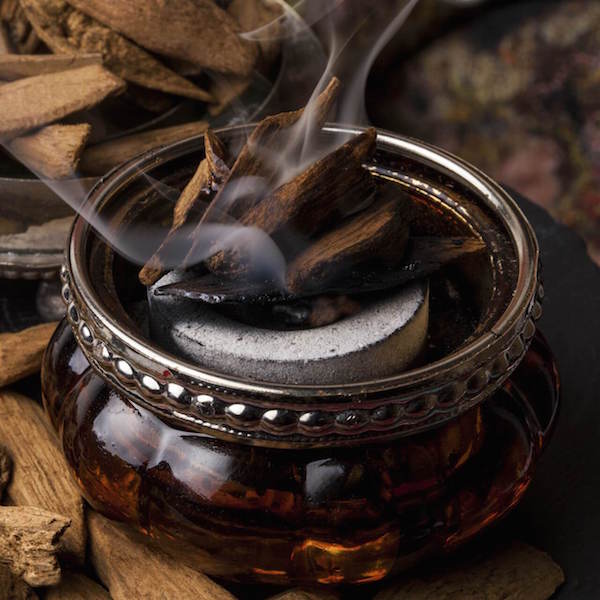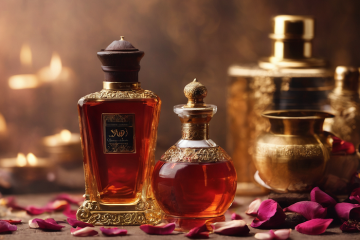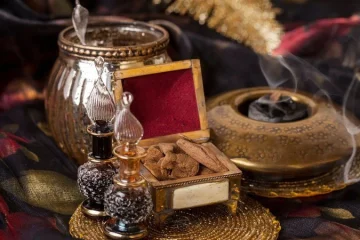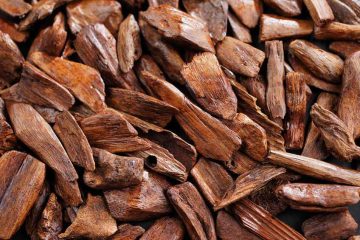In the realm of olfactory indulgence, few scents command as much attention and fascination as Oud. Derived from the heartwood of the Agarwood tree, Oud’s rich history and distinct aroma have captivated perfume enthusiasts and cultural connoisseurs alike. Let’s embark on a fragrant journey, delving into the origins, extraction processes, and the multifaceted allure of this precious substance.
The Origins of Oud
From the dense forests of Southeast Asia to the Middle East, the Agarwood tree, Aquilaria, thrives, giving birth to the coveted Oud. Historically, Oud has been revered for its rarity and deeply embedded cultural significance. Cultivated across diverse landscapes, this fragrant treasure finds its roots in regions like Assam, Cambodia, and Indonesia.
The Oud Extraction Process
Delving into the extraction process reveals the meticulous methods employed to draw out Oud’s essence. Traditional techniques involve natural infection of the Agarwood tree, prompting a resinous response. Modern methods, however, harness advanced distillation processes. Both approaches contribute to the unique fragrance profile, where factors like soil quality, climate, and the tree’s age intricately shape the final product.
Chemistry Behind the Scent
Oud’s enchanting aroma is a result of complex chemistry. Key compounds such as agarospirol and sesquiterpenes infuse Oud with its distinctive character. As the fragrance interacts with the skin and the surrounding environment, it undergoes subtle transformations, creating a truly individualized experience for each wearer.
Oud Varieties and Fragrance Profiles
Different Oud varieties present a diverse olfactory palette. From the earthy and woody notes of Assam Oud to the sweet and spicy accents of Cambodian Oud, each variety tells a unique olfactory story. Perfume aficionados often seek out blends that incorporate these distinct varieties, creating complex and sophisticated fragrances.
Cultural Significance of Oud
Beyond its aromatic allure, Oud holds profound cultural significance. Used in traditional ceremonies and rituals across various cultures, Oud symbolizes spirituality, luxury, and a connection to the divine. Its presence in ceremonies imparts a sense of reverence and ritualistic sanctity.
Oud in the Perfume Industry
The perfume industry has embraced Oud as a luxury fragrance ingredient. Renowned perfume houses craft exquisite blends that showcase Oud’s versatility, offering a sensory journey that transcends time and trends. Brands like Tom Ford, Dior, and Roja Dove have seamlessly woven Oud into their signature creations, further elevating its status.
Common Descriptors of Oud
Describing Oud requires a nuanced vocabulary. Terms like “earthy,” “smoky,” and “resinous” attempt to capture the multifaceted nature of Oud’s aroma. Yet, personal interpretations vary, as individuals often associate Oud with unique memories or experiences.
Oud’s Impact on Mood and Well-being
The psychological effects of Oud extend beyond its aromatic charm. Known for its stress-relieving properties, Oud has the power to induce a sense of calm and relaxation. Its presence in perfumes and incense has been linked to promoting emotional well-being and mindfulness.
Sustainable Oud Practices
While Oud’s popularity soars, sustainable harvesting practices are crucial to its preservation. Challenges in production, such as illegal logging and overharvesting, threaten the Agarwood tree’s existence. Initiatives promoting ethical cultivation and responsible sourcing aim to address these issues, ensuring the longevity of Oud.
The Allure of Oud – Why it Captivates Our Senses
In the world of fragrances, Oud stands as a timeless and universal symbol of luxury and sophistication. Its ability to captivate our senses, evoke emotions, and transcend cultural boundaries speaks to the profound impact of this enigmatic substance. As you embark on your olfactory journey, let the mystique of Oud guide you towards a sensory experience like no other.



